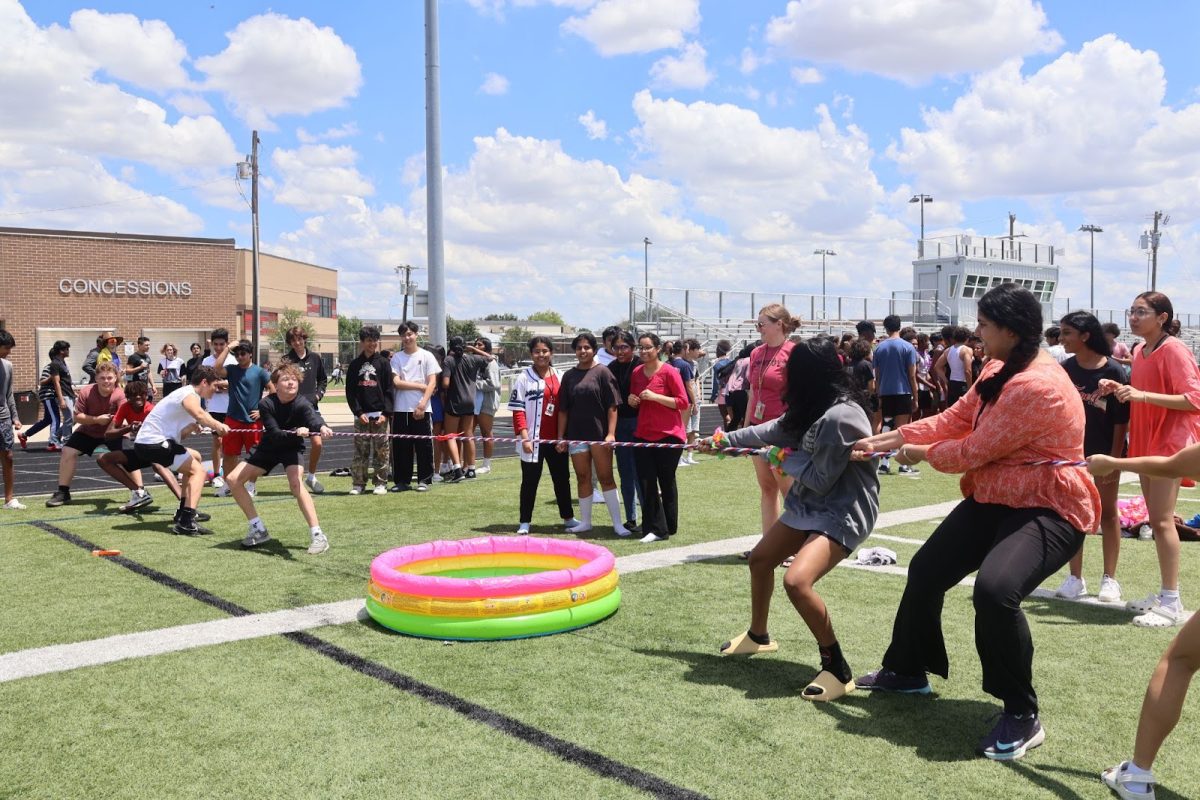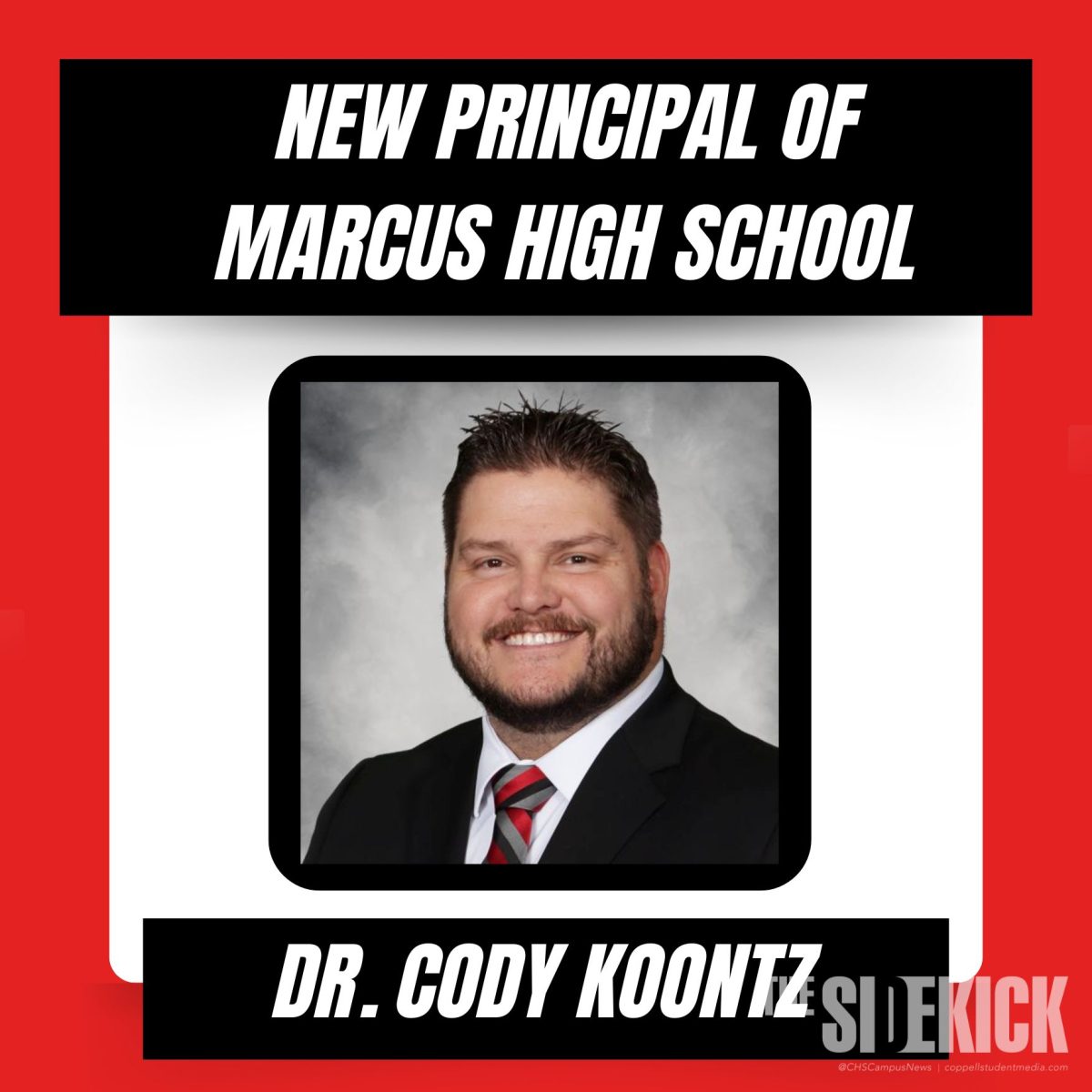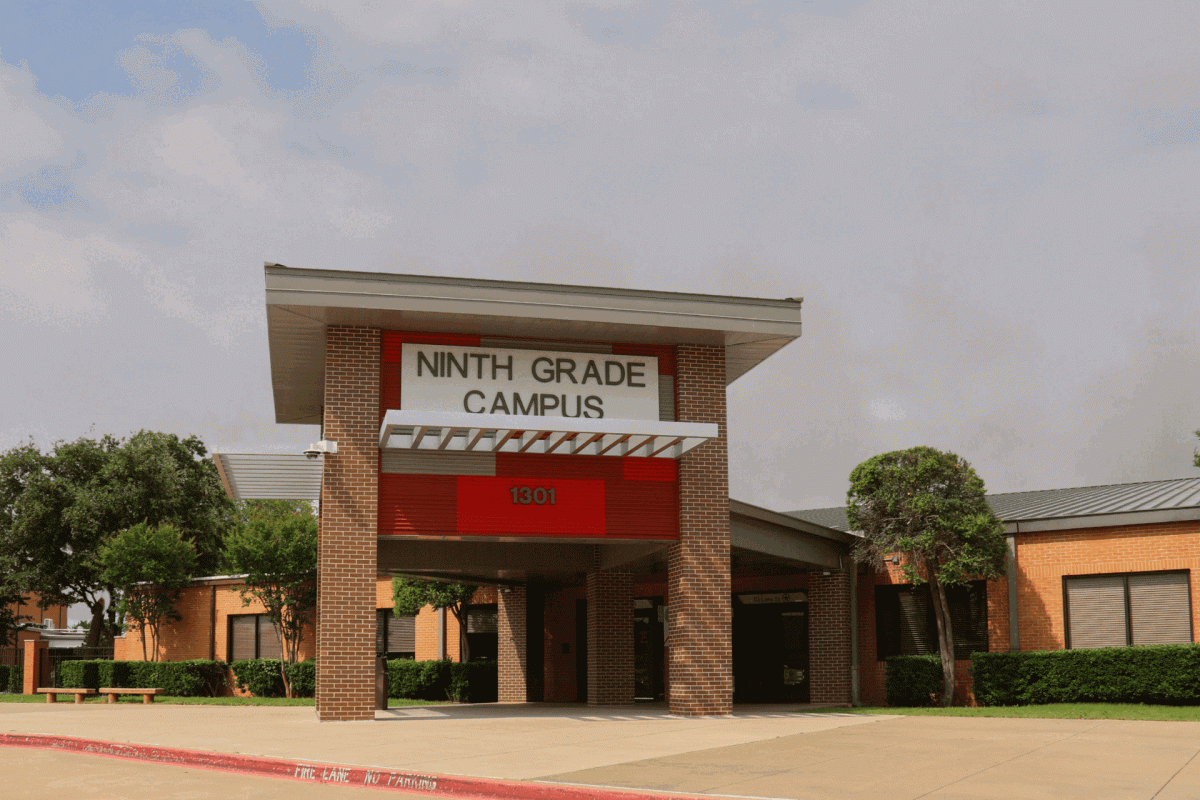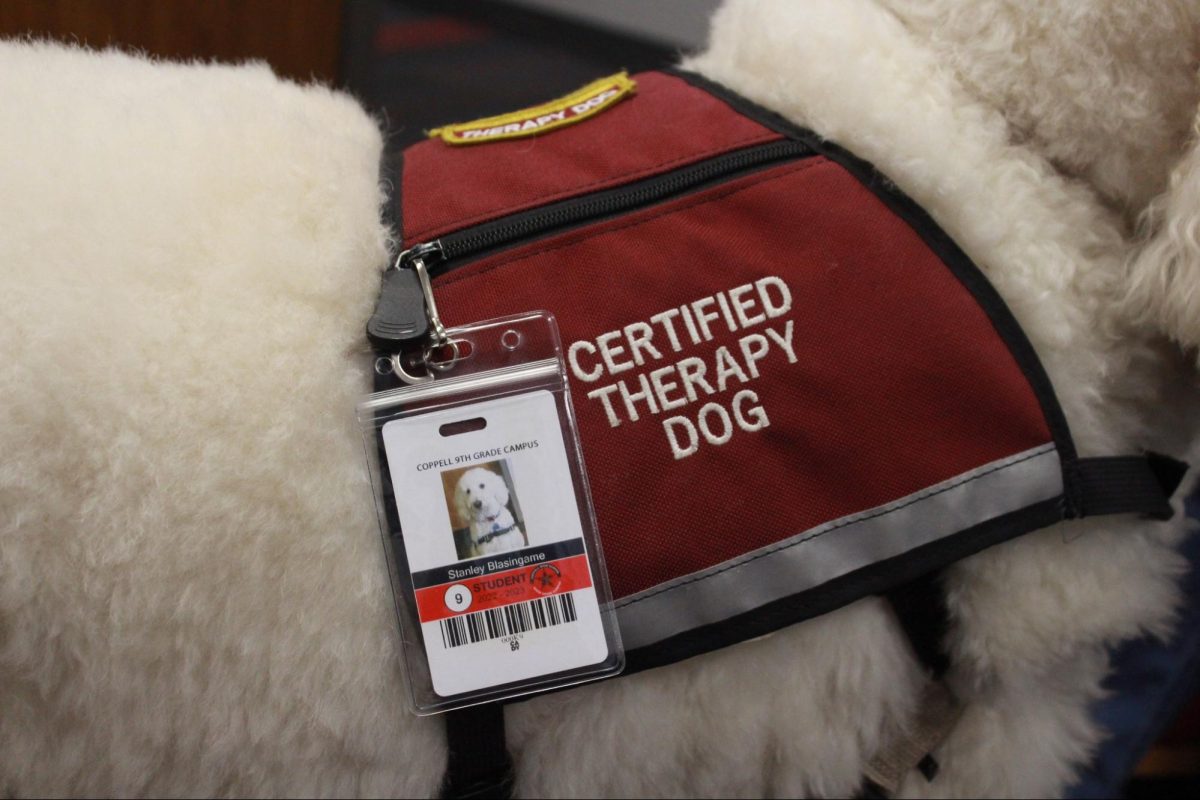At Blanchard High School in Oklahoma, there were two computer science teachers, one male, one female. To CHS9 AP Computer Science Principles teacher Seneca Hart, it was hardly coincidental when someone who had technological troubles would always enlist the male teacher’s help first.
It was small gendered judgements like these that motivated Hart to further pursue the computer science field as a woman, and to empower other women to join as well.
At first, Hart was introduced to the field of computer science somewhat by accident, not predicting she would find a passion in the field. In high school, Hart simply chose the subject that seemed easier when required to decide between a home economics class or computer science course.
“I decided to just take computer science because I was really bad at cooking, and was worried it would affect my grades,” Hart said.“I mostly took computer science because it was the only other option, but I ended up really liking it.”
It wasn’t until she graduated from college and started her own small business, Hero On My Arm, that she was able to apply her computer science skills in her own life. By teaching herself coding scripts HTML, Python and Java, she established her base understanding of computer science, and became her own webmaster.
“It was really expensive to start a website for my business, so I decided to code it myself,” Hart said. “That gave me a solid background in computer science.”
When she started as a teacher at Blanchard, she was first enlisted to teach a foreign language. After finding out computer science qualified as one, she opened a computer science department at her high school, introducing the world of coding to a new audience.
Her belief that computer science is important to be available to all students due to its use in modern day acts like a drive for her.
“In my eyes, computer science can change your life,” Hart said. “With every passing year, technology becomes a larger part of our economy, and computer science can open doors to a comfort level and confidence with learning new technology. I love giving students that opportunity to gain that confidence.”
In my eyes, computer science can change your life. With every passing year, technology becomes a larger part of our economy, and computer science can open doors to a comfort level and confidence with learning new technology. — CHS9 AP Computer Science Principles teacher Seneca Hart
“When you look at statistics, you can see that many majors have hit the 50% men and 50% women mark, but computer science is one of the fields with the least women in it,” Hart said. “Even at CHS9, I see so many girls feel like they wouldn’t be good at computer science and don’t want to be one of three girls in a class full of boys.”
To help combat this, Hart joined the nonprofit organization Girls Who Code as an instructional manager, where she built curriculums for coding boot camps for girls interested in coding and engineering. She ran a branch of it when teaching at Coppell Middle School East.
“I love getting to be even a small part of building up the confidence that girls need in this field,” Hart said. “We know not every girl is interested in computer science, but we don’t want them to give up on it.”
Hart thinks the intersection of science and girlhood is everlastingly important, and wants to push girls to believe they are capable of more.
“I hate social media trends such as ‘girl math’ and ‘explaining things like a girl,” Hart said. “There is no statistic that says girls can’t do math, so why is that a perception? I think social media can be used in a more positive way, like showing girls in STEM settings.”
When coming to CHS9 from CMSE, Hart understood the shift that students go through from eighth to ninth grade, and adjusted her teaching to meet the needs of her students.
“[Hart] has always been a great teacher for the time I’ve had her, but she has grown in making sure all her students understand the content,” freshman Shreya Barat said. “She always answers questions and helps anyone if they have any doubts.”
Students consider her as an easy person to talk to and appreciate her willingness to create relationships with them while adhering to her principle that computer science is applicable everywhere.
“[Hart’s] teaching style is really engaging as she often provides real-world examples, which helps connect daily life to her lessons,” freshman Joyce Tao said.
Hart continues to push girls to pursue computer science by enlisting her students to inform others about the class, and relying on counselors to endorse the class. She is also working towards implementing a Girls Who Code branch at CHS9 for the 2024-25 school year.
“Anything we can do to create safe spaces for girls to learn and build up their confidence to tell the boys ‘I am just as good at this as you are’ will make everything we are trying to do worth it,” Hart said.
Follow @anvita_bondada and @CHSCampusNews on X.










Nyah Rama • Apr 26, 2024 at 1:00 pm
Great job, Anvita! Yet another amazing story :))
Sahasra Chakilam • Apr 26, 2024 at 11:24 am
Amazing work!!